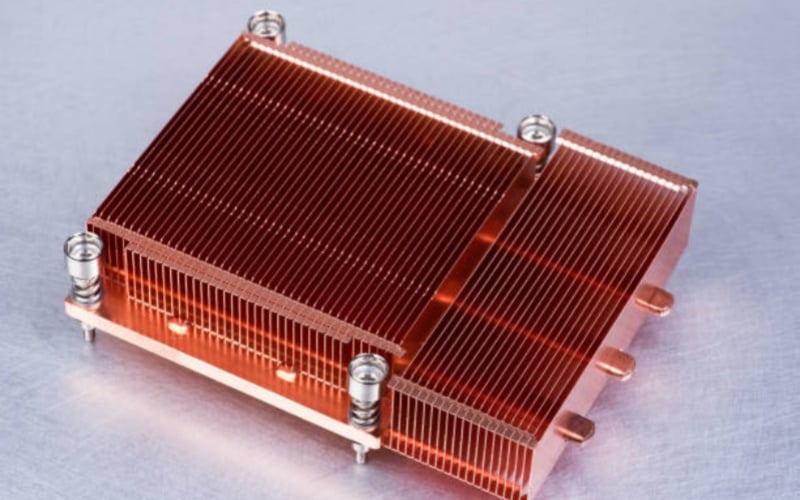The Importance of Heat Sink in Electronic Devices
A heat sink is an essential component in electronic devices that helps dissipate heat generated by various components. It plays a crucial role in maintaining the temperature within acceptable limits to ensure optimal performance and prevent damage. This article explores the responsibilities and significance of a heat sink in electronic devices.
1. Heat Dissipation
The primary responsibility of a heat sink is to dissipate heat from electronic components. As devices become more powerful and compact, they generate more heat, which can impair their performance and lifespan. The heat sink provides a large surface area and dissipates heat through conduction, convection, and radiation, ensuring that the device remains within safe operating temperatures.
2. Cooling the Central Processing Unit (CPU)
In computers, the heat sink is commonly used to cool the central processing unit (CPU). The CPU is the brain of the computer and generates a significant amount of heat during operation. A heat sink, often combined with a fan, draws away the heat generated by the CPU, preventing it from overheating and causing system instability or damage.
3. Enhancing Performance
By effectively dissipating heat, the heat sink allows electronic devices to operate at their optimal performance levels. Excessive heat can lead to thermal throttling, a mechanism that reduces the device's performance to prevent overheating. With a properly functioning heat sink, devices can maintain their performance without any performance degradation due to high temperatures.
4. Extending Lifespan
Heat is a major factor that affects the lifespan of electronic components. Excessive heat can cause premature aging and failure of sensitive electronic parts, including transistors, integrated circuits, and other semiconductor devices. The heat sink helps in extending the lifespan of these components by keeping them within safe temperature limits, thus reducing the risk of thermal-induced failures.
5. Preventing Thermal Runaway
Thermal runaway is a phenomenon where the temperature of a device or component increases uncontrollably due to a positive feedback loop. It can lead to catastrophic failures and even fires in extreme cases. A heat sink, by effectively dissipating heat, prevents thermal runaway by maintaining the temperature within manageable limits.
6. Noise Reduction
In addition to cooling electronic components, a heat sink can also contribute to noise reduction. By efficiently dissipating heat, the need for cooling fans or other noisy cooling mechanisms can be minimized. This results in quieter operation, making electronic devices more pleasant to use in environments where noise is a concern.
7. Overclocking and High-Performance Computing
Overclocking is the process of increasing the operating frequency of a device beyond its factory settings to achieve higher performance. However, overclocking also leads to increased heat generation. Heat sinks, especially those designed for overclocking purposes, play a crucial role in dissipating the extra heat generated during high-performance computing, allowing users to push their devices to the limit without compromising stability or longevity.
8. Heat Sink Materials
Heat sinks are typically made from materials with high thermal conductivity, such as aluminum or copper. These materials efficiently transfer heat from the electronic components to the surrounding air. The design of a heat sink, including its size, shape, and fin arrangement, also affects its effectiveness in dissipating heat.
9. Application in LED Lighting
Heat sinks find widespread use in LED lighting systems. LEDs are known for their energy efficiency, but they also generate heat during operation. Heat sinks help dissipate this heat, preventing excessive temperature rise that can degrade the LED's performance and lifespan. Additionally, heat sinks can enhance the overall efficiency and reliability of LED lighting systems.
10. Importance in Power Electronics
Power electronic devices, such as inverters and power supplies, handle high currents and voltages, resulting in substantial heat generation. Heat sinks are crucial in power electronics to maintain the temperature within safe limits, ensuring the reliability and longevity of these devices. They are often combined with other cooling methods, such as fans or liquid cooling, to effectively dissipate the heat generated.

